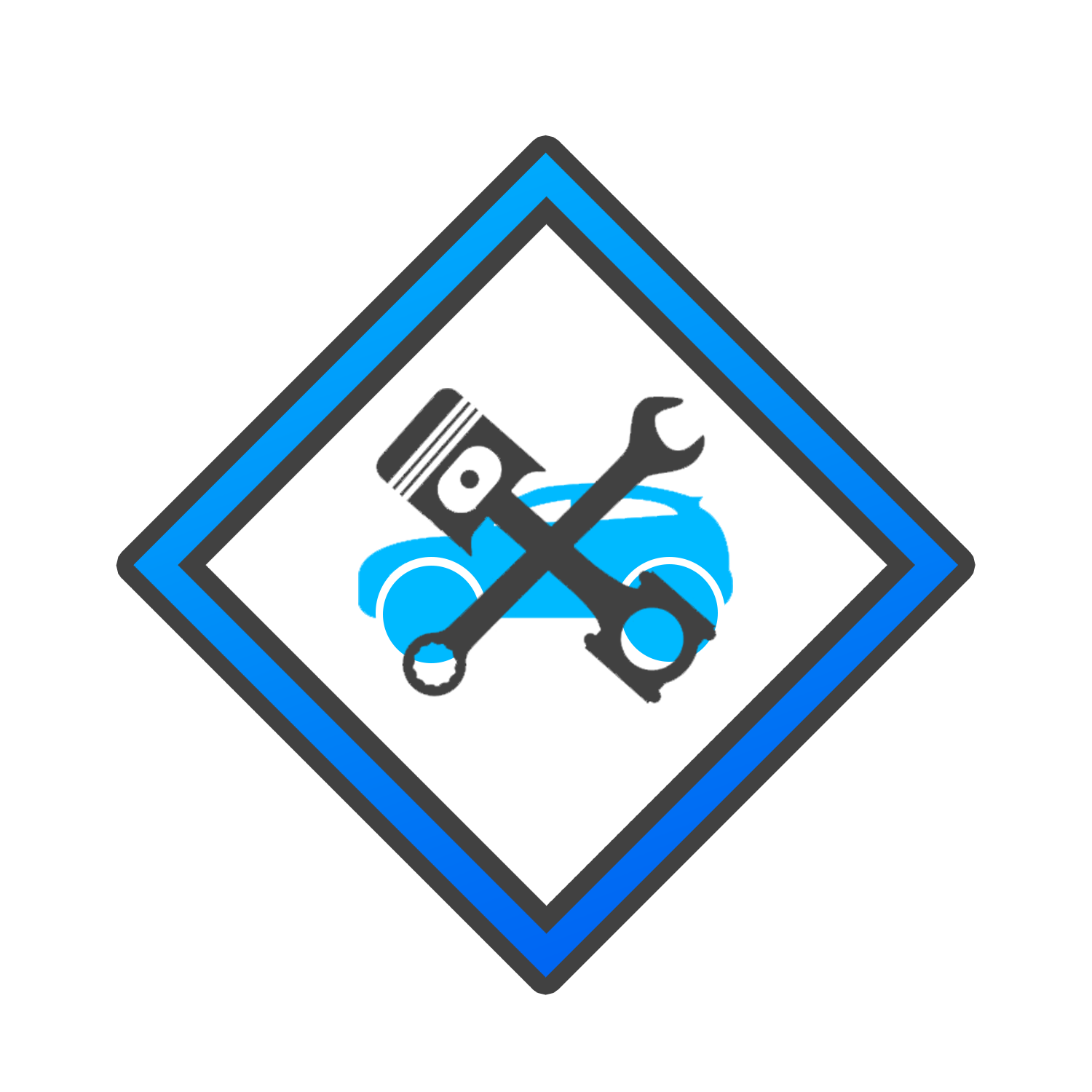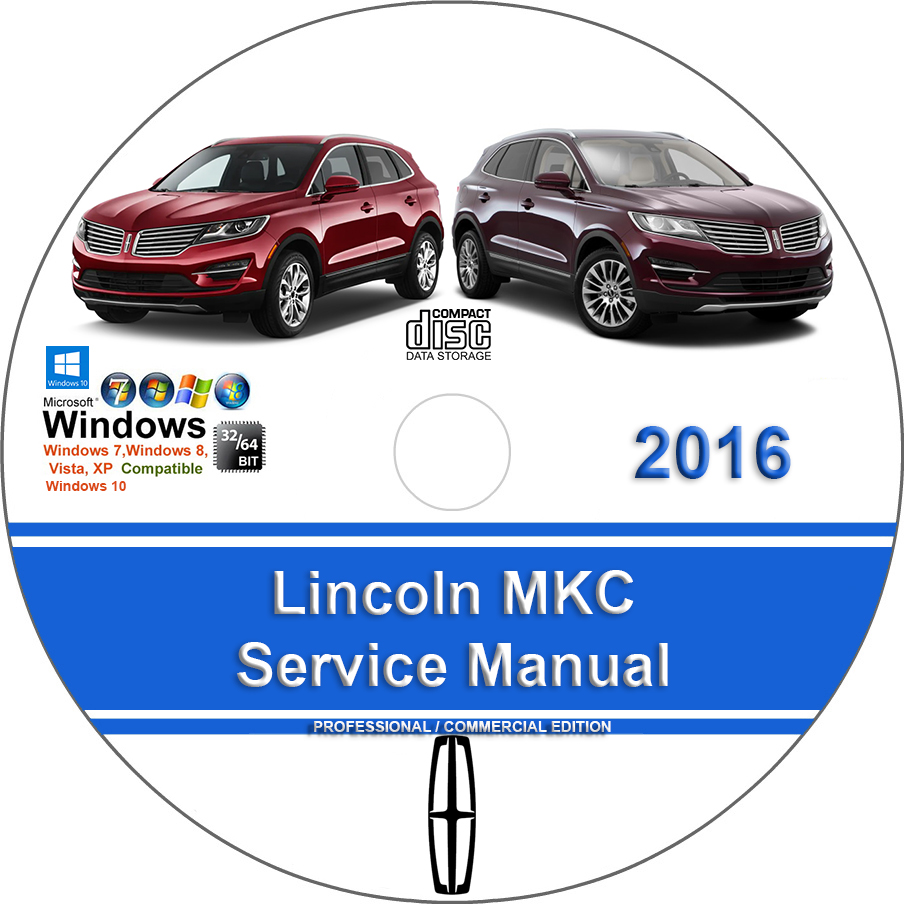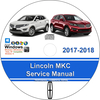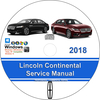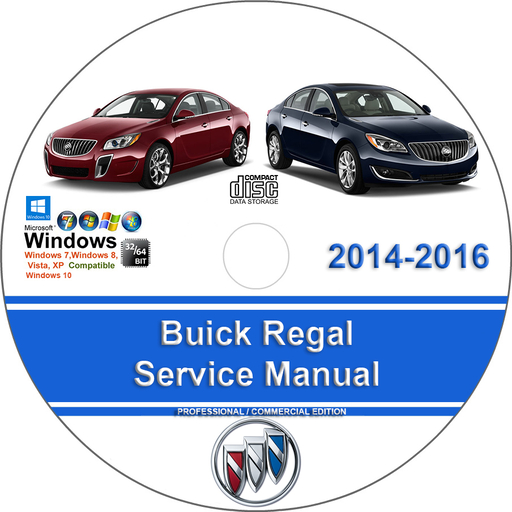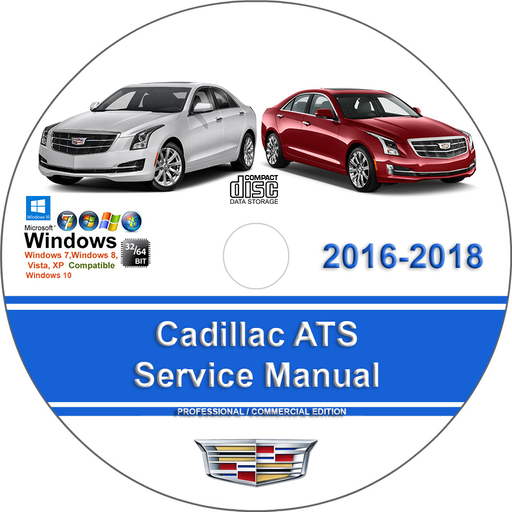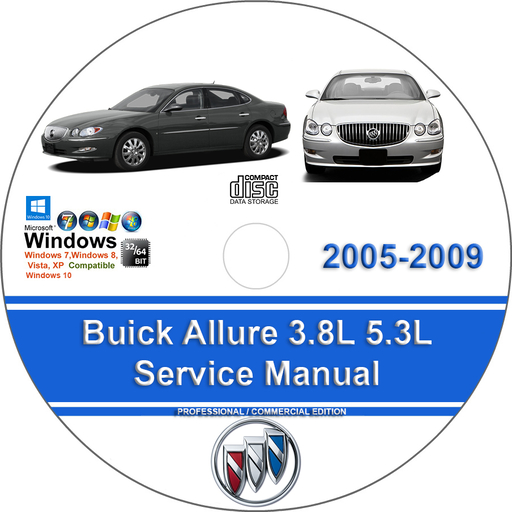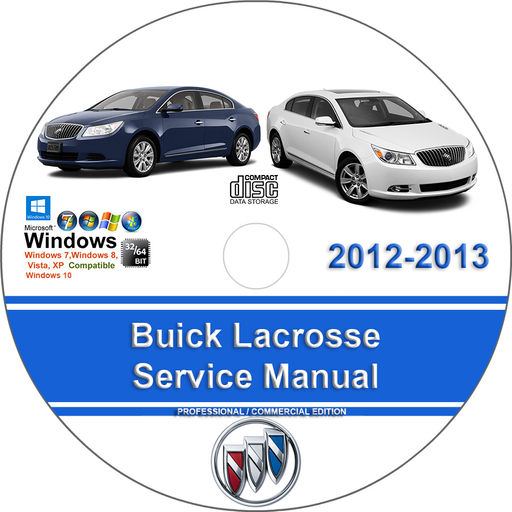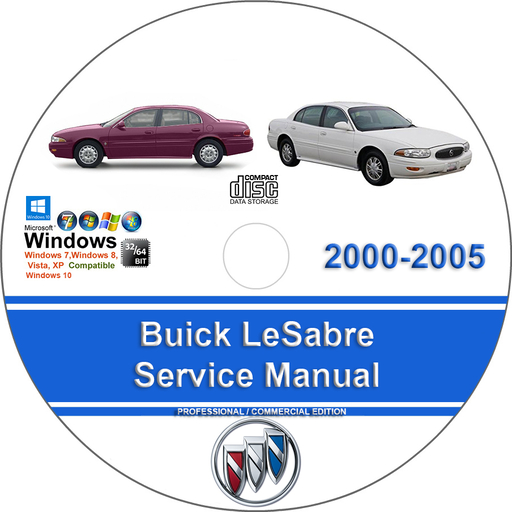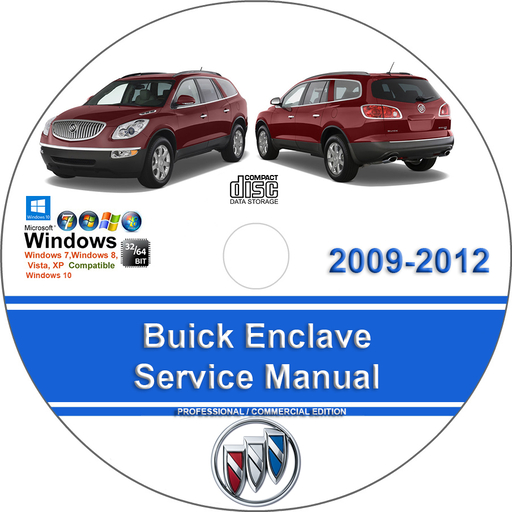Lincoln MKC 2016 Factory Service Repair Manual + Wiring
$34.00 – $42.00Price range: $34.00 through $42.00
Lincoln MKC 2016 Factory Service Repair Manual + Wiring
You can download this or I can ship it to you.
Loaded with Hi Resolution illustrations, instructions, photos, and diagrams, complete to service and repair your Lincoln.
Pages: 9500+
Lincoln MKC 2016 Factory Service Repair Manual + Wiring
The five-traveler MKC by Lincoln is stacked with premium highlights and luxuries, with three trim levels to browse. In the base model, you will get: 18″ premium composite wheels, xenon headlamps, LED tail lights, warmed and controlled side mirrors, security glass in the back, stopping sensors (back just), two-zone atmosphere control (robotized), remote section/start, fueled and warmed front seating, calfskin upholstery, 8″ touchscreen with My Lincoln Touch, Bluetooth/iPod/USB incorporation and a nine-speaker sound framework. Overhauls can add-on things like an all encompassing sunroof, controlled tilt and telescope guiding wheel, impact alleviation framework, GPS, bigger 20″ haggles 14-speaker sound framework, among others. Driving the MKC is a 2.0-liter turbocharged four-chamber motor that gets 240 pull and 270 pound-feet of torque .The extravagance smaller hybrid portion has developed rapidly and is populated by brands from Europe, Japan and America. Lincoln’s entrance with the MKC is a tremendous methodology on a demonstrated stage, and its styling is restless and athletic enough to pull in extravagance purchasers who probably won’t have thought about a little SUV. The inside arrangements offer Lincoln-style extravagance to a wide range of drivers.
Models Covered :
Lincoln MKC 2016
Manual Covers :
Accessories & Body , Cab:
APIM Hardware Testing
BCM Hardware Testing
Body Panel System – Body Closures
Body Panel System – Body Repairs – General Information
Body Panel System – Front End Body Panels
Body System – Uni-Body, Subframe and Mounting System
Bumpers
Collision Warning and Collision Avoidance System
Cruise Control – Vehicles With Adaptive Cruise Control
Cruise Control System
Exterior Lighting System
Exterior Trim and Ornamentation
Handles, Locks, Latches and Entry Systems
Horn System
Information and Entertainment System – General Information – Vehicles With THX Audio System
Information and Entertainment System – General Information – Vehicles Without THX Audio System
Information Center – Instrumentation, Message Center And Warning Chimes
Instrument Panel and Console
Instrument Panel and Interior Switches Illumination
Interior Lighting System
Interior Trim and Ornamentation
IPC Hardware Testing
Lane Departure Warning System
Module Communications Network
Module Configuration System
Multifunction Electronic Modules
Parking Aid
Parking Aid System – Vehicles With Active Park Assist
Parking Aid System – Vehicles With Parking Aid Camera
Passive Anti-Theft System (PATS)
Perimeter Anti-Theft Alarm System
Rear View Mirrors
Remote Convenience
Roof Opening Panel
Seating System – Front
Seating System Rear
Side and Rear Vision System
Steering Wheel and Column Electrical Components
Windows And Glass – Glass, Frames And Mechanisms
Wipers and Washers System
Ateq Tpms Reset Procedure (INTEGRATED KEYHEAD TRANSMITTER – IKT):
Ateq Tpms Reset Procedure (INTEGRATED KEYHEAD TRANSMITTER – IKT)
Automatic Stop/ Start Disable:
Automatic Stop/ Start Disable
Brakes:
Anti-Lock Brake System (ABS) and Stability Control
Anti-Lock Brake System Component Testing
Brake System – General Information
Front Disc Brake System
Hydraulic Brake Actuation
Parking Brake System – Parking Brake and Actuation
Power Brake Actuation
Rear Disc Brake System
Canadian Model Reference:
Canadian Model Reference
Collision:
Paint – General Information
Common Specifications & Procedures:
Common Specifications & Procedures
Driveline / Axles:
Driveshaft
Front Drive Half shafts
Rear Drive Axle Differential
Rear Drive Half shafts
DTC Index:
DTC Index
Electrical:
Battery, Mounting and Cables
Charging System – General Information
Generator and Regulator
Voltage Converter Inverter
OEM Component Harness Location Charts
OEM Component Harness Location Views
OEM Connector End Views
OEM Connector Repair Procedures
OEM Electrical Wiring Diagram Introduction
OEM Fuse And Relay Location
OEM Ground Distribution
OEM Vehicle Repair Location Charts
OEM Wiring Diagram Symbols
OEM Wiring Diagrams
OEM Wiring Diagrams Component Testing
Emission:
Applications
Control Abbreviations
Engine:
Accessory Drive Belt System – 2.0L EcoBoost
Accessory Drive Belt System – 2.3L EcoBoost
Engine – 2.0L EcoBoost
Engine – 2.3L EcoBoost
Engine Cooling System – 2.3L EcoBoost
Engine Cooling System -2.0L EcoBoost
Engine Ignition – 2.0L EcoBoost
Engine Ignition – 2.3L EcoBoost
Engine System – General Information
Exhaust System – 2.0L EcoBoost
Exhaust System – 2.3L EcoBoost
Fuel System – General Information – 2.0L EcoBoost
Fuel System – General Information – 2.3L EcoBoost
Fuel Tank And Fuel Lines – 2.0L EcoBoost
Fuel Tank and Fuel Lines – 2.3L EcoBoost
Starting System – 2.0L EcoBoost
Starting System – 2.3L EcoBoost
Engine Performance:
Acceleration Control
Electronic Engine Controls System – 2.3L EcoBoost
Electronic Engine Controls System – 2.0L EcoBoost
Engine Controls – Description & Operation
Engine Controls – Diagnostic Methods
Engine Controls – Introduction
Engine Controls – Pinpoint Tests
Engine Controls – Powertrain DTC Charts & Descriptions
Engine Controls – Reference Values
Engine Controls – Symptom Charts
Engine Emission Control – 2.0L EcoBoost
Engine Emission Control – 2.3L EcoBoost
Evaporative Emissions System – 2.0L EcoBoost
Evaporative Emissions System – 2.3L EcoBoost
Firing Order & Cylinder Identification
Fuel Charging and Controls – 2.3L EcoBoost
Fuel Charging and Controls – 2.0L EcoBoost
Fuel Charging and Controls – Turbocharger – 2.0L EcoBoost
Fuel Charging and Controls – Turbocharger – 2.3L EcoBoost
Intake Air Distribution and Filtering – 2.0L EcoBoost and 2.3L EcoBoost
Mode 6
General Information:
Anti-Lock Brake Safety Precautions
Clutch Trouble Shooting
Color-Coding – Ford
Commonly Used Abbreviations
Drive Axle Noise Diagnosis
Electrostatic Discharge (ESD) Warning – Basic Information
Engine Displacement Conversion Table
Engine Overhaul Procedures
Engine Performance Diagnostic Routine Outline
Engine Performance Safety Precautions
English-Metric Conversion Chart
Gear Tooth Contact Patterns
General Cooling System Service
General Information
Identification Codes
Jacking and Lifting
Maintenance Schedules
Manual Transmission Trouble Shooting
Noise, Vibration And Harshness
Parasitic Load Explanation & Test Procedures
State Emission Standards – Gasoline
State Emission Standards
Symptom Check List Worksheets
Trouble Shooting – Basic Procedures
TROUBLE SHOOTING
Using Wiring Diagrams
Waveforms – Injector Pattern Tutorial
Wheel Alignment Theory & Operation
HVAC:
Climate Control System – General Information
Reminder Indicator (RESET PROCEDURES):
Reminder Indicator (RESET PROCEDURES)
Restraints:
Safety Belt Systems
Supplemental Restraint System
Steering:
Electronic Power Assist Steering Component Testing
Power Steering
Steering Column
Suspension:
Front Suspension System
Lincoln Wheel Alignment Specifications
Rear Suspension System
Suspension System – General Information
Tire Pressure Monitoring System (TPMS)
Vehicle Dynamic Suspension System
Wheels and Tires System
System Wiring Diagrams:
Wiring Diagrams
Tire Pressure Monitor Systems:
Tire Pressure Monitor Systems
Traction Control:
4WD and AWD
Transmissions:
Automatic Transmission – 6F35
Automatic Transmission Cooling System
Automatic Transmission External Controls
Four-Wheel Drive Systems
Transfer Case
Uniform Inspection & Communication Standards:
Brake Systems
Drive Train & Transmission Systems
Electrical Systems
Engine Performance And Maintenance
Exhaust Systems
Heating, Ventilation And Air Conditioning Systems
Routine Inspection Reference Guide
Steering & Suspension Systems
This manual is the same as the manual used by workshops. Service Manual contains detailed instructions and step by step diagrams for all workshop procedures.
Language: English
Format: PDF
COMPATIBLE WITH ALL WINDOWS & MAC COMPUTERS
(WINDOWS 10, WINDOWS 8, WINDOWS 11, ETC.)
Windows/Mac/Tablet/Phone Friendly
| Medium | USB Flash Drive, DVD, Download |
|---|
